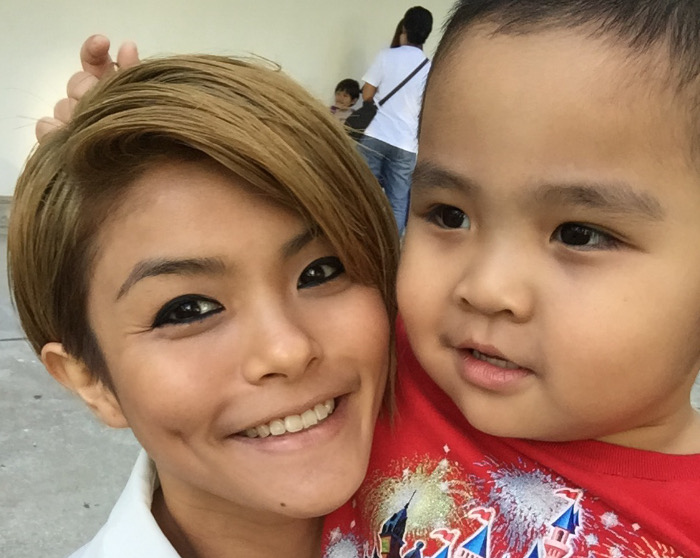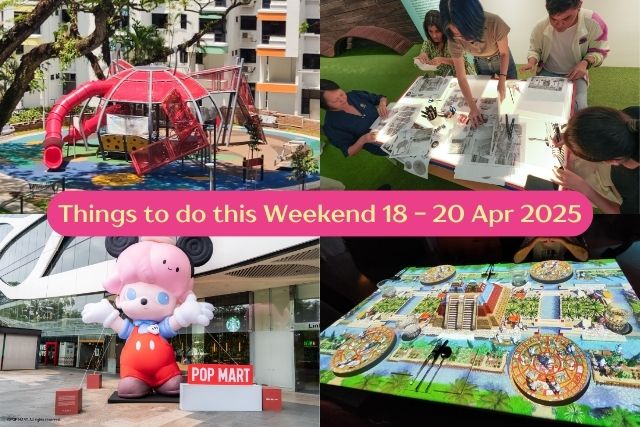What is socialization? Most of us are unable to give a precise definition of socialization because to us, it seems to be something so innate and natural that we do it without a second thought.
We feel obliged to acknowledge someone’s smile by reciprocating with a nod or a simple hello because somehow, we are taught to adhere to social norms.

Socialization, on the other hand, is a different platform for people with autism.
People with autism do have the desire to interact and socialize but the process of interaction can be so overwhelming that they are often clueless about how to go about doing it.
There are many forms of socialization that are suitable for the skills and level of an individual thus it is important to take note of those before diving into any social class program.
Autism And Socialization
Trainers from StaccatoPop recommend 5 strategies on how parents can encourage social skills among children with autism.
⇒ Related Read: How Do Children With Autism Communicate?
#1 Identify the level and skills of your child
As much as parents are anxious about working on the social skills of their child, it is crucial to note that social skills training is only suitable for children who have achieved a certain level of foundation and development capabilities. Always consult a professional to do an assessment for your child to determine if he or she is suitable to receive social skills training.
#2 What does your child likes?
Just like you and me, we are only motivated to do something if it interests us. This goes for children with autism too. Focus on using things within their area of interest and construct an activity around it. This will inherently increase their motivation to interact and play with you.
#3 Be aware of the suitability of play
When it comes to playing, parents have to be aware that free plays are most challenging for children with autism. Free plays are unstructured play where the child gets the freedom to play however he or she wants to. Examples of it include playtime at the playground, recess time in school and more.
Try to organize structured games and if possible, make it an inclusive play where mainstream children are in too. This allows your child to model after them and learn from them.
➡️ Related Read: Learn More About Autism This World Autism Day @ Museum of Ice Cream
#4 Create situations for your child to engage in conversations
Back to point #2 – always plan activities that keep them intrinsically motivated.
For example, if your child likes eating fried rice, plan a cooking activity and create opportunities for him or her along the way.
Target these three things: 1) asking for help, 2) asking for items needed and 3) eye contact.
These are generally the weaker regions for children with autism thus working on such skills will benefit greatly for future interaction with others.

#5 Emphasize on their good behavior
This is by far the simplest you can do for your child. Never take their good behaviour for granted. Praise them! Reward them! Let them know that you are happy to see that positive behaviour and you want that to be consistent.
Rewarding them with their favourite food or gadget would be a good choice to show your appreciation. Note that the reward should be given as soon as the child exhibits desired behaviours. Do not wait too long or the child would not be able to relate the cause and effect connection.
How do we get from here?
Equipping social skills for a special needs child is the role of parents, friends and teachers. At home, parents can follow the above guidelines.
⇒ Related Read: Activities For Children With Special Needs
At school, teachers should always oversee social interactions, and offer valuable support by providing specific social rules and reinforcing positive social interactions. This can be done by posting specific social rules easily visible and understandable by all students and reviewed periodically with the class.
Helping the student change topics of the conversation when necessary, rehearsing strategies for social interactions, and using classmates as peer models (e.g., video modelling of a desired social skill) are notable strategies, as well as providing “scripts” of what the student should do in particular social situations.
Learning in an inclusive environment where there are mainstream children, is also equally beneficial. For children with autism, working alongside mainstream children allows them to model the positive behaviors like raising hands to answer questions.
⇒ Related Read: Are Singaporean Parents Ready For An Inclusive Classroom?
When in doubt on what to do when an instruction is given, they are also able to look and copy after the other children. Research has proven that modelling is one of the best ways for a child to learn.
Likewise, such interactions allow mainstream children to develop compassion for children with special needs. Their confidence and self-esteem is also boosted by the affirmative role they assume when helping a friend with autism learn.
This article is contributed by Yang Ling, associate psychologist, principal therapist and founding partner at The Growing Academy.
* * * * *
Like what you see here? Get parenting tips and stories straight to your inbox! Join our mailing list here.
Want to be heard 👂 and seen 👀 by over 100,000 parents in Singapore? We can help! Leave your contact here and we’ll be in touch.














































